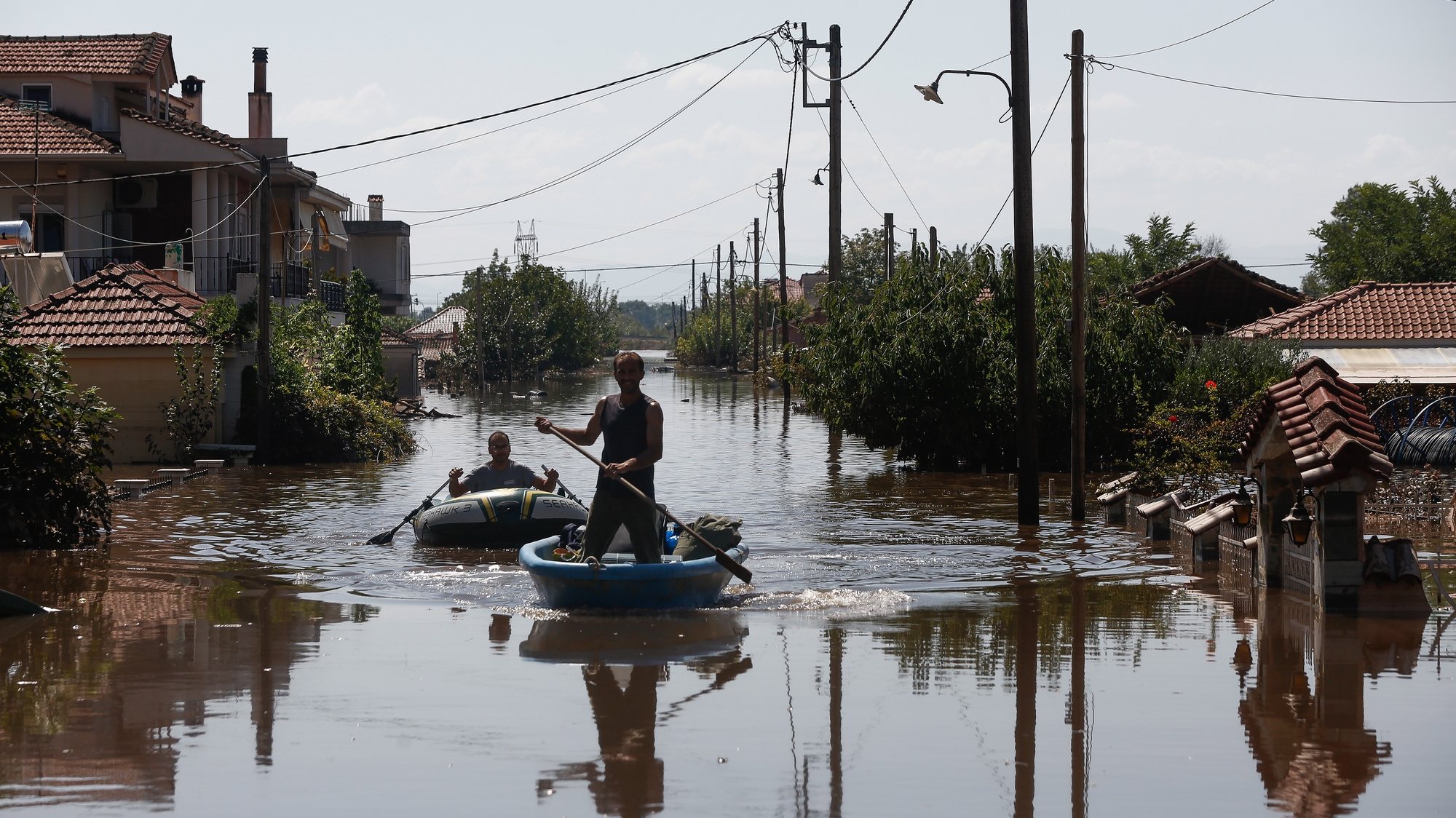The death toll from floods that devastated the central Greek region of Thessaly has been updated to 14, firefighters revealed.
The death toll caused by the floods that devastated Thessaly, a region in central Greece, was updated this Sunday to 14, firefighters revealed.
The bodies of a 65-year-old man and his 88-year-old mother were found near the town of Karditsa, where rescue operations continue unabated. Until then, the previous death toll was twelve.
“A total of 4,250 people were rescued and brought to safety between Tuesday, September 5 at 7:00 a.m. (5:00 a.m. in mainland Portugal) and Sunday, September 10 at 7:00 a.m.,” the statement said. . fire service.
According to civil protection authorities, five people are still missing.
In Volos, water supply remains problematic, as the storm destroyed pumping stations and much of the water supply network.
“The water is not drinkable,” declared the Greek Health Ministry, citing cases of gastroenteritis.
The entire Pelion region remains affected by power and water outages, while main roads have been damaged by torrential rains.
Firefighters are also still mobilized in front of Larisa, where the Pinios River has overflowed and the water has risen dangerously on the outskirts of the city.
Described by experts as an “extreme phenomenon due to the amount of water that fell,” the storm nicknamed “Daniel” hit Magnesia on Monday and Tuesday, especially its capital, the port city of Volos, and the towns of Mount Pelion, before that they affected towns around Karditsa and Trikala on Wednesday.
The weather comes weeks after devastating wildfires that occurred in Greece this summer and killed at least 26 people.
With global warming, the atmosphere contains more water vapor (about 7% for each degree increase), which increases the risk of intense rainfall events that, combined with other effects of climate change, can cause serious damage.
In Turkey and Bulgaria, two countries bordering Greece, torrential rains in recent days have killed 12 people.
Source: Observadora
